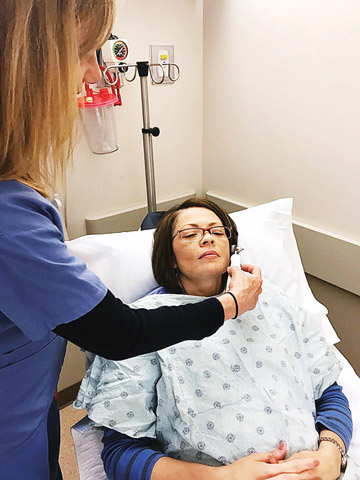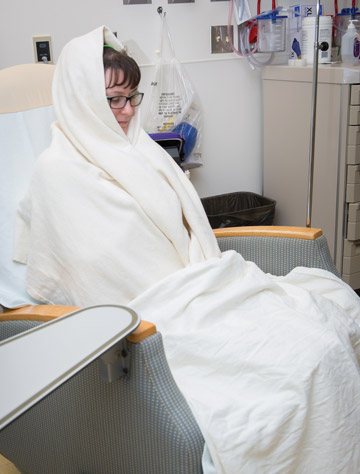The active prewarming of patients has proven invaluable in the fight against inadvertent perioperative hypothermia (IPH), a serious but preventable complication that can delay wound healing and increase risk of surgical site infections. Patients who suffer IPH might also require more aggressive post-op pain management, remain in recovery longer and be at higher risk of needing a blood transfusion. The clinical benefits of maintaining normothermia clearly go well beyond patient comfort, although the satisfying effects of active warming measures can't be ignored.
Two years ago, we conducted a study to test the benefits of actively prewarming orthopedic and colorectal patients. We wanted to find out if prewarming would:
- reduce episodes of IPH and lower SSI risks and the need for blood transfusions; and
- increase patients' thermal comfort and reduce their anxiety throughout the perioperative experience.
The trial involved applying forced-air warming for 30 minutes to about 500 patients in pre-op. We discovered prewarming resulted in numerous benefits:
- SSIs and blood transfusions decreased in spinal and total joint patients.
- The rate of IPH-related blood transfusions declined from 6% to 4.6%.
- Patients reported an 8% increase in thermal comfort and a decrease in anxiety.
- We realized significant cost savings on the laundering of cotton blankets, which we previously used much more frequently to warm patients.
- 58% our staff showed improvement in their understanding of interventions for maintaining normothermia and its impact on successful surgical outcomes.
We were inspired to launch this nurse-driven study by AORN's and ASPAN's recent evidence-based guidelines that suggest perioperative nurses develop strategies within the plan of care to reduce IPH. Part of our trial included providing education on the benefits of active warming in relation to maintaining normothermia. Our pre-op staff required education because applying forced-air warming involved a completely different process than wrapping patients with the warmed cotton blankets they used previously.
We also provided a lot of education on exactly what normothermia is, along with the risk factors hypothermic patients face. Using online surveys pre- and post-intervention, we noted significant improvement in staff knowledge of the causes of IPH and the most effective interventions for maintaining normothermia. A lot of our staff didn't even know prewarming made a difference.
.svg?sfvrsn=be606e78_3)


.svg?sfvrsn=56b2f850_5)